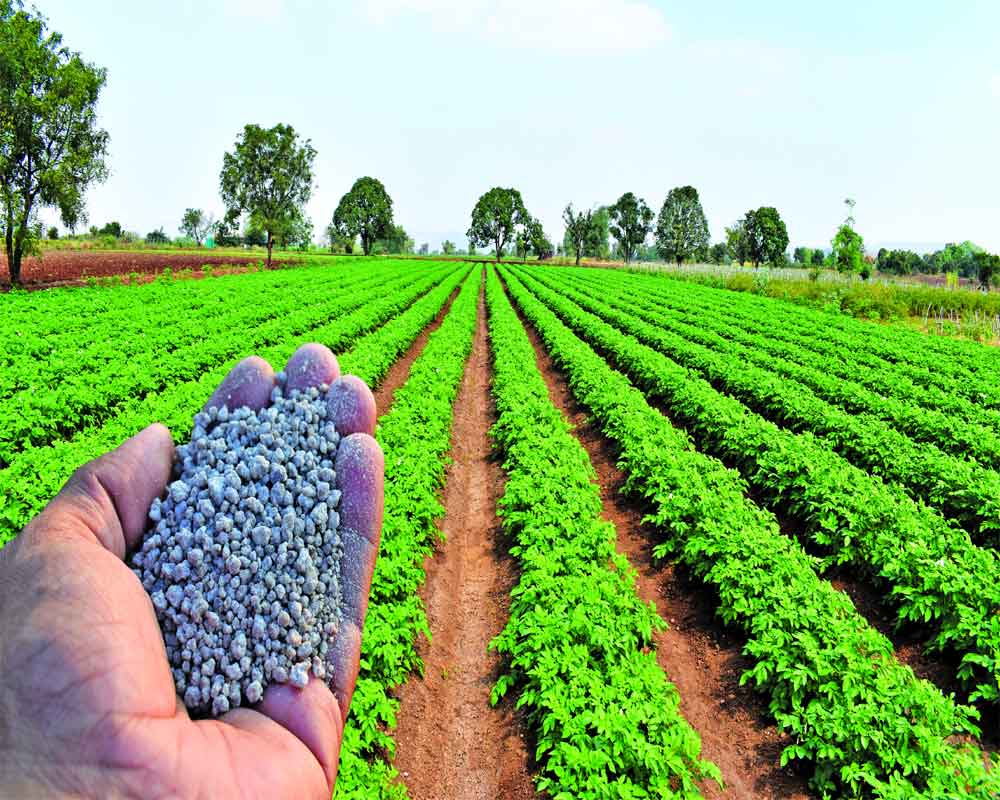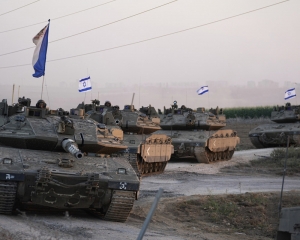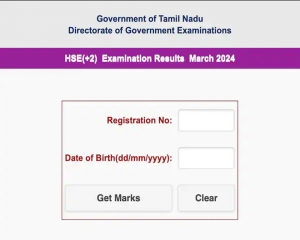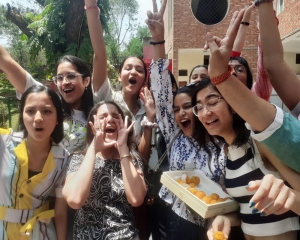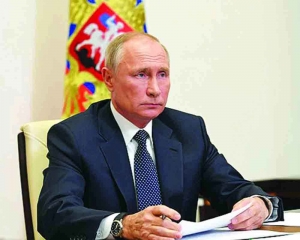There is a dire need for prudent management of subsidies because the tax cushion is not unlimited.
Shortfall in tax receipts of the Union Government vis-à-vis the budget estimate (BE) and excess of expenditure over BE lead to a high fiscal deficit (FD) year-after-year. To rein in FD, it often took recourse to non-tax receipts such as dividend from public sector undertakings (PSUs),
proceeds from selling government shares in one PSU to another, transfer of surplus by the Reserve Bank of India (RBI), proceeds from sale of spectrum for telecom services, etc.
This was unsustainable as reliance on non-tax receipts is unreliable. For instance, dividend from a PSU depends on a host of factors specific to the undertakings and there is no certainty that it will deliver a target amount. Yet, internalising this source in budget making prompted the government to interfere in the working of an entity from where it was expecting the revenue.
For instance, during 2017-18, ONGC, an upstream oil and gas exploration and production company in the public sector, was asked to buy 51.11 per cent of government’s shares in Hindustan Petroleum Corporation (HPCL), helping it to garner over Rs 30,000 crore and thus, achieve its FD target. In the process, ONGC was burdened with extra debt as it had to borrow money from banks and financial institutions (FIs) to finance the purchase of shares.
During 2021-22, the gross tax revenue (GTR) (it includes total direct tax collection, proceeds from Goods and Services Tax or GST, customs and excise duty) net of refunds were Rs 2710,000 crore which was higher the budget estimate (BE) of Rs 2220,000 crore by a whopping Rs 490,000 crore. The collection was even higher than the revised estimate (RE) of Rs 2520,000 crore (as given by Finance Minister Nirmala Sitharaman in the budget for 2022-23 on February 1, 2022) by Rs 190,000 crore.
As per the Finance Commission (FC) formula, 41 per cent of tax receipts of the Union government—excluding cess collections, which are not part of the
divisible pool—are shared with the States. After these mandatory transfers to the states, the net tax revenue (NTR) of the Centre was around Rs 1850,000 crore which was Rs 300,000 crore higher than the BE of Rs 1550,000 crore. It was even higher than the RE of Rs 1765,000 crore by Rs 85,000 crore.
The excess of Rs 300,000 crore in actual NTR of the Centre over the BE helped in making up for the slippage of about Rs 284,500 crore in other areas of revenue and expenditure viz. proceeds from disinvestment in CPSUs: Rs 161,500 crore (actual: Rs 13,500 crore minus BE: Rs 175,000 crore); fertiliser subsidy: Rs 80,000 crore (actual: Rs 160,000 crore minus BE: Rs 80,000 crore); food subsidy: 43,000 crore (actual: Rs 286,000 crore minus BE: Rs 243,000 crore).
The FD for 2021-22 at 6.7 per cent of GDP (gross domestic product) turned out to be even lower than BE at 6.8 per cent. For 2022-23, Sitharaman set the GTR target Rs 2,760,000 crore. Against this, the collection during the first six months of the year was Rs 1,349,000 crore (this includes direct tax proceeds up to October 2, 2022, central GST collection up to September 30, 2022, and customs and excise duty or C&ED till August 31, 2022). Deducting devolution to states of Rs 376,000 crore, NTR of the Centre works out to Rs 973,000 crore against BE of Rs 1935,000 crore for the year.
Of the year’s targeted tax revenue, already, the government has collected a little over 50 per cent during the first half. Normally, the second half shows greater buoyancy in collection because of substantial pick-up in economic activity during the festival season (October-November) as also because most persons pay their tax liability towards the year end [for instance, 16 per cent of the taxes (pre-devolution) collected during 2021-22 were paid in March 2022]. Considering these factors and including September 2022 figure for C&ED, the GTR during 2022-23 is estimated to be around Rs 3050,000 crore (but for the loss of revenue due to cut in central excise duty on petrol and diesel affected in May 2022 – estimated at Rs 90,000 crore, this would have been even higher at Rs 3140,000 crore) which is Rs 290,000 crore higher than the BE. Correspondingly, the NTR of the Centre, (post-devolution) is expected to be about Rs 2100,000 crore - Rs 165,000 crore more
than BE.
According to Revenue Secretary Tarun Bajaj, the tax department is aiming at 30 per cent growth in direct tax collection against 16 per cent growth assumed in the above calculation. In that scenario, the additional GTR would be Rs 425,000 crore. Correspondingly, the NTR would be Rs 250,000 crore more.
On the other hand, the government faces massive slippage in the expenditure on various subsidies. On fertiliser subsidy, it is expected to spend Rs 250,000 crore against BE of Rs 109,000 crore, leading to excess of Rs 141,000 crore. The food subsidy is likely to overshoot the BE Rs 207,000 crore by about Rs 130,000 crore thanks to continuation of delivery of free food under Pradhan Mantri Garib Kalyan Anna Yojana (PMGKY) till December 2022.
Add to this Rs 22,000 crore given to the state-run oil marketing companies (OMCs) to compensate them for the under-recoveries on supply of domestic LPG between June 2020 and June 2022 (during this period, against increase in the international prices of LPG by around 300 per cent, the OMCs were allowed hike of only 70 per cent in domestic LPG prices leading to under-recovery), this leads to an additional subsidy payment of Rs 293,000 crore.
In the non-tax receipt area too, against the target of Rs 65,000 crore from proceeds of disinvestment of government’s shareholding in Central Public Sector Enterprises (CPSEs), so far, it has realized only Rs 25,000 crore. Considering that the big ticket sale of Bharat Petroleum Corporation Limited (BPCL) has been put on hold and sale of the LIC stake in IDBI is stuck, the year is expected to end with a shortfall of about Rs 30,000 crore.
Overall, the government could be staring at a slippage of over Rs 320,000 crore. Of this, around Rs 250,000 crore is expected to be neutralized by excess tax collection over BE, leaving an uncovered gap of just Rs 70,000 crore. This works out to a mere 0.25 per cent of the GDP. But, for the excess tax cushion, the slippage from the BE of FD (6.4 per cent) would have been 1.25 per cent.
The turnaround in tax collection is undoubtedly a creditable achievement of the Modi government. However, there is a dire need for prudent management of subsidies keeping in mind the fact that the tax cushion is not unlimited (during 2022-23, tax buoyancy – growth in collection against nominal GDP expansion – at one is much lower than 1.7 during 2021-22).
In major areas viz. food, fertilisers, fuel, substantial savings is possible by restricting coverage, cutting costs, improving efficiency, etc. For instance, free food under PMGKY during April-December 2022 was uncalled for.
(The author is a policy analyst)













